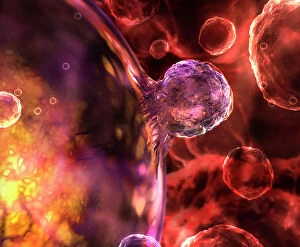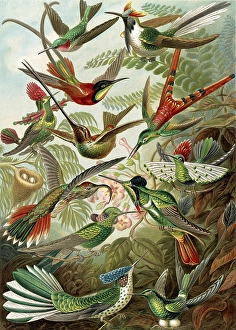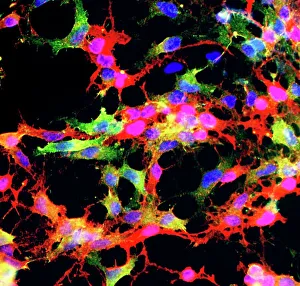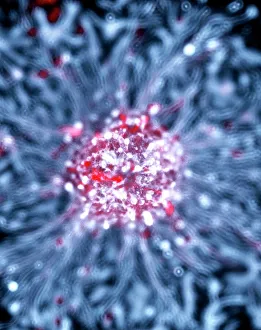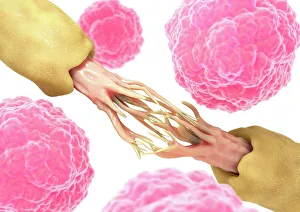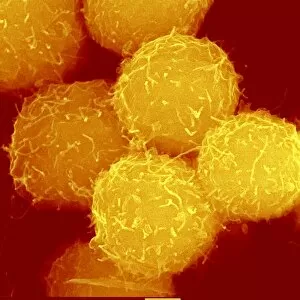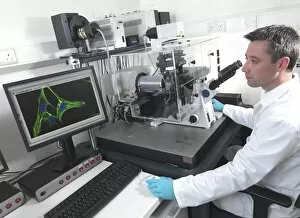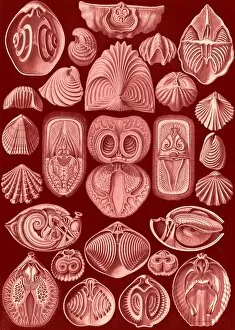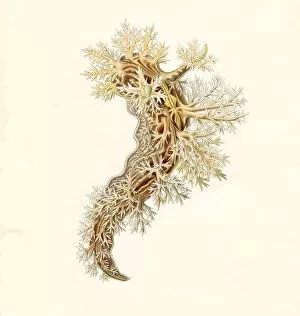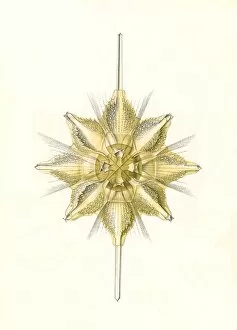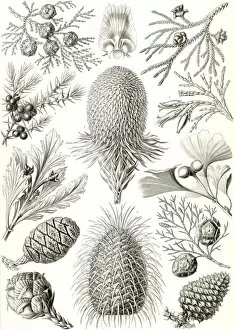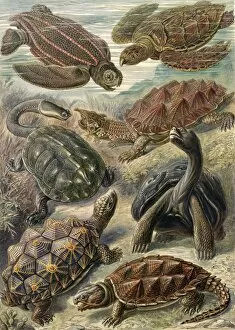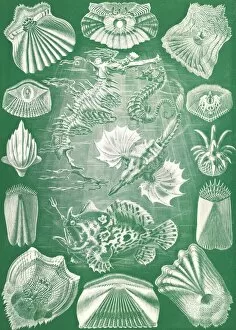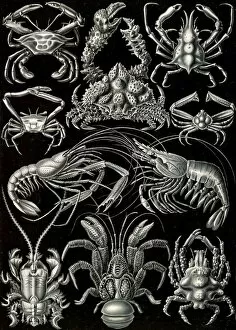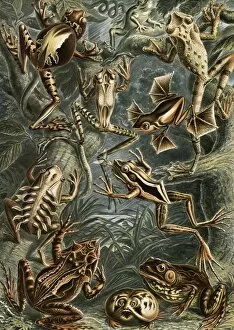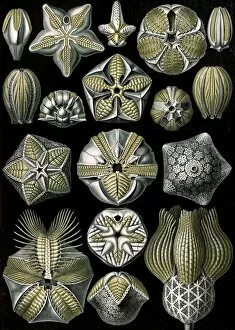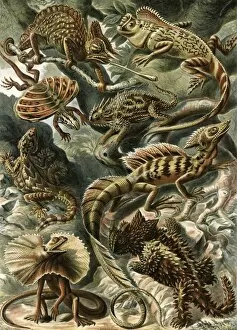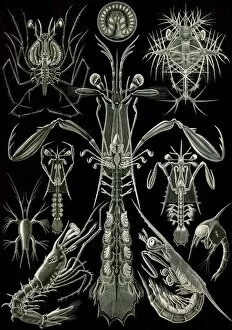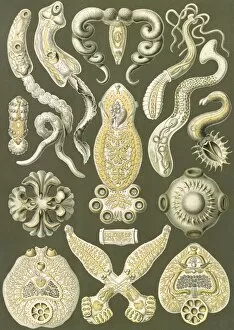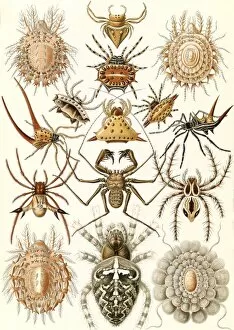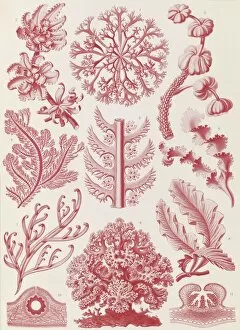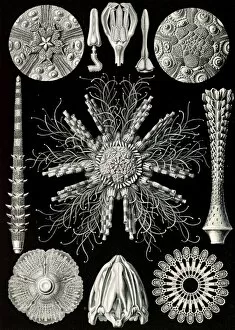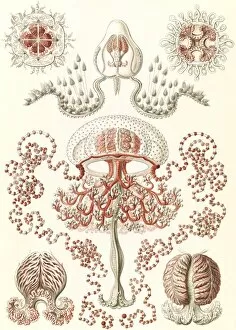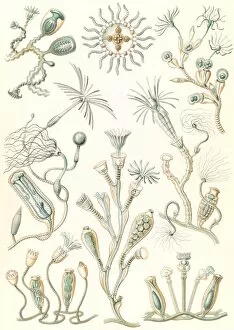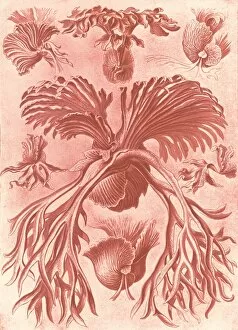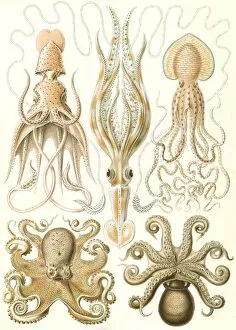Stem Cell Collection
"Unlocking the Potential of Stem Cells: A Journey into Regenerative Medicine" In this captivating glimpse into the world of stem cells
All Professionally Made to Order for Quick Shipping
"Unlocking the Potential of Stem Cells: A Journey into Regenerative Medicine" In this captivating glimpse into the world of stem cells, we explore their remarkable capabilities and potential applications. Glial stem cell culture, as seen through a light micrograph, reveals the intricate network that holds promise for repairing damaged nervous tissue. Meanwhile, an illustration showcasing hummingbirds reminds us of nature's own resilience and adaptation – qualities mirrored by these incredible cells. Moving on to neural stem cell culture, we witness the building blocks of our brain's complexity under a microscope. The liverworts illustration draws parallels between ancient plants' ability to regenerate and the regenerative powers hidden within stem cells. Scanning electron microscopy (SEM) images provide breathtaking close-ups of various types of stem cells. From mesenchymal stem cells with their unique properties to those involved in nerve damage repair, each image captures their delicate structures and immense potential. As we delve deeper into scientific research, conceptual artwork depicts scientists exploring new frontiers in understanding how these versatile cells can be harnessed for medical breakthroughs. These visual representations remind us that every discovery brings us closer to unlocking life-changing therapies. Stem cell research is not just about science; it represents hope for millions worldwide suffering from debilitating conditions. Artwork featuring vibrant colors symbolizes this optimism while emphasizing that there is still much more to uncover about these enigmatic entities. This collection offers a glimpse into the fascinating world of stem cells – tiny powerhouses capable of regeneration and healing beyond imagination. As researchers continue their quest towards harnessing their full potential, one thing remains certain: Stem cells hold tremendous promise for revolutionizing medicine as we know it today.

